
Perspectives on Service Design and Change Management
The SDN’s Paris conference offered participants the opportunity to hear several different viewpoints on the intersection between services design and change management.

Browse all Touchpoint Articles

The SDN’s Paris conference offered participants the opportunity to hear several different viewpoints on the intersection between services design and change management.

Small to medium-sized (SMEs) manufacturing companies with limited budgets need service design. Service designers can offer them valuable and cost-effective projects that still turn a profit.
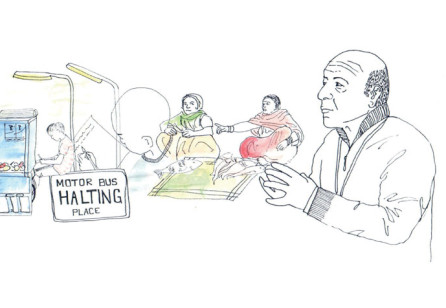
After Nabeel Hamdi’s very inspiring speech, our chief editor asked him right away if we could publish his talk in Touchpoint, so the readers can enjoy the spontaneity of his speech;
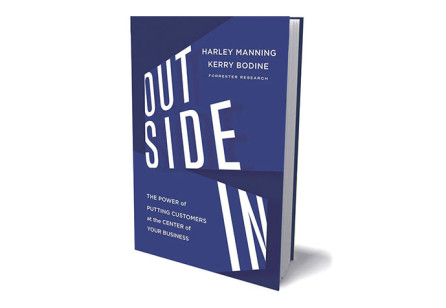
How important is corporate culture in delivering a great service? Over Forrester’s past fourteen years of research on customer experience, my colleagues and I have asked hundreds of executives at some of the world’s top companies about their organisational barriers and how best to overcome them.
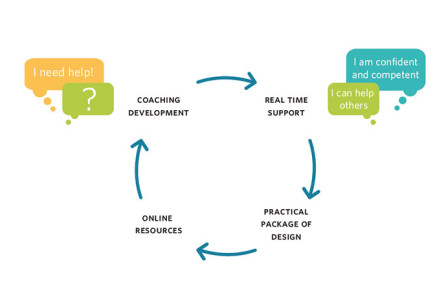
Internationally there is a quest for governments to design policies and services that are more efficient, effective and better meet the needs of citizens.
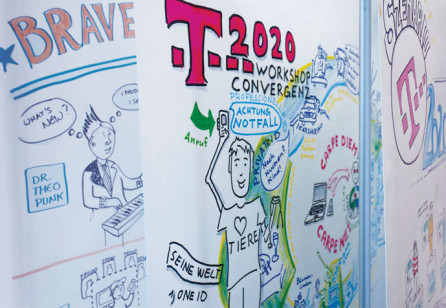
Service design claims to build a better future through exceptional services that improve people’s lives. Ironically though, most of the currently employed user research methods deliver only insights valid for the past – or the present, at best.

I met Adam Lawrence and Markus Hormeß of WorkPlayExperience to discuss the connection of service design and theater and to find out more about their unique approach.

Robert DeNiro rode with a cab driver for months in preparation for his role in the movie Taxi Driver. This approach to acting is call ‘method acting’.

RePlay is a framework developed by the author to observe a concept she has described as Creativity in Action.

This article will provide some food for thought for designing ‘pleasurable’ surprises in products, services and other systems in order to create or reinforce human relationships and to consequently generate stronger human-centred and potentially ‘surprisingly’ successful businesses.

The delivery of a service is frequently compared to the delivery of a theatrical performance or play, and the similarities are easy to see. Both live (or die) on the strength of a connection created between performer (service provider) and audience (service users).
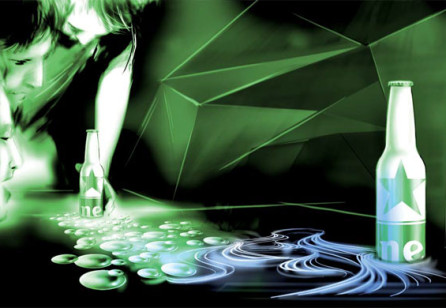
The Heineken-sponsored global design project, which went under the title of ‘Open Design Explorations Edition 1: The Club’, invited 19 emerging designers from around the world to co-create the club of tomorrow.
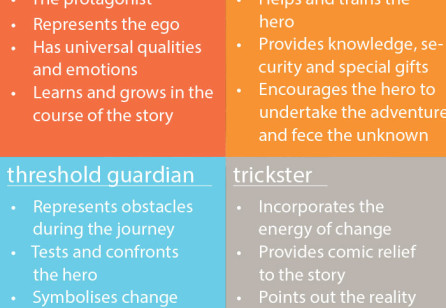
Imagine yourself going off on holiday and all the different things you’ll need to accomplish before enjoying that well deserved time off. Imagine all the places you’ll go and people you’ll meet during the trip.

This article will focus on the challenges and rewards of using a theatrical play to communicate research findings: the risks to be managed, the logistics to be coordinated and the impact that can be made on stakeholders.

As service designers, we know that front-line staff are key to any brand experience. They are the ones who interact with customers, respond to customer needs and ultimately deliver the service.
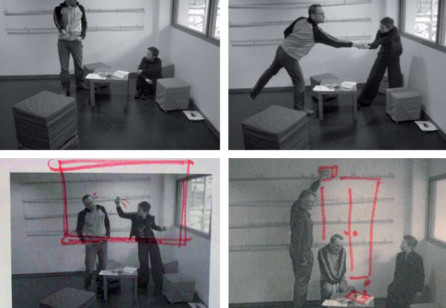
In conceptualising services, the design team has to consider a complex set of related factors, including user experience, situation, infrastructure and person-to-person interactions.
